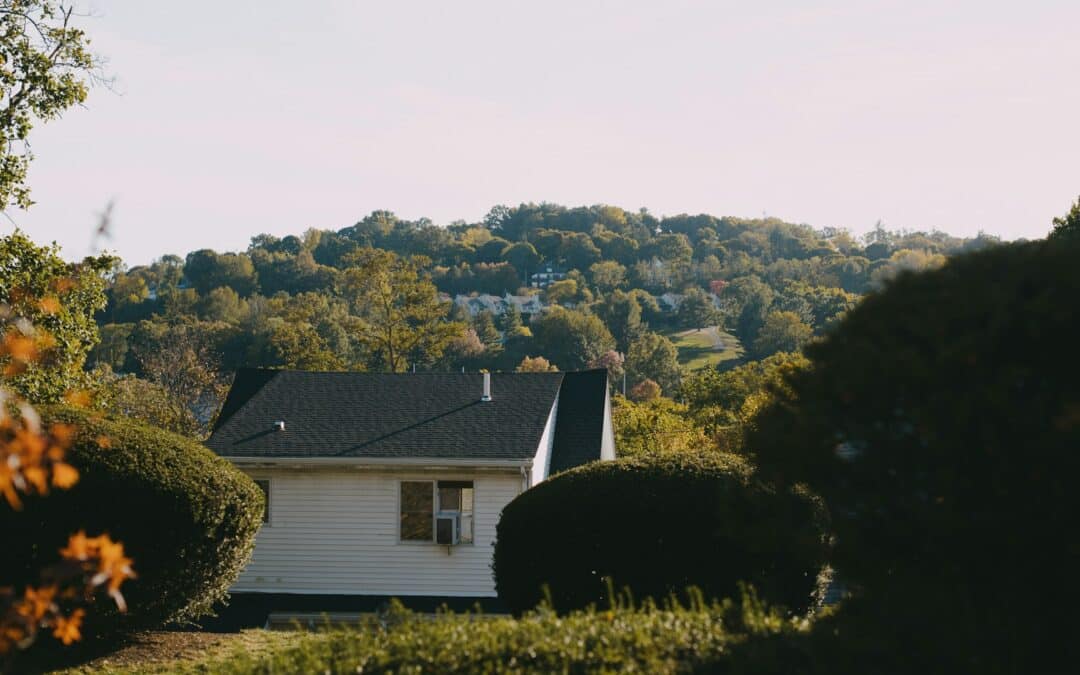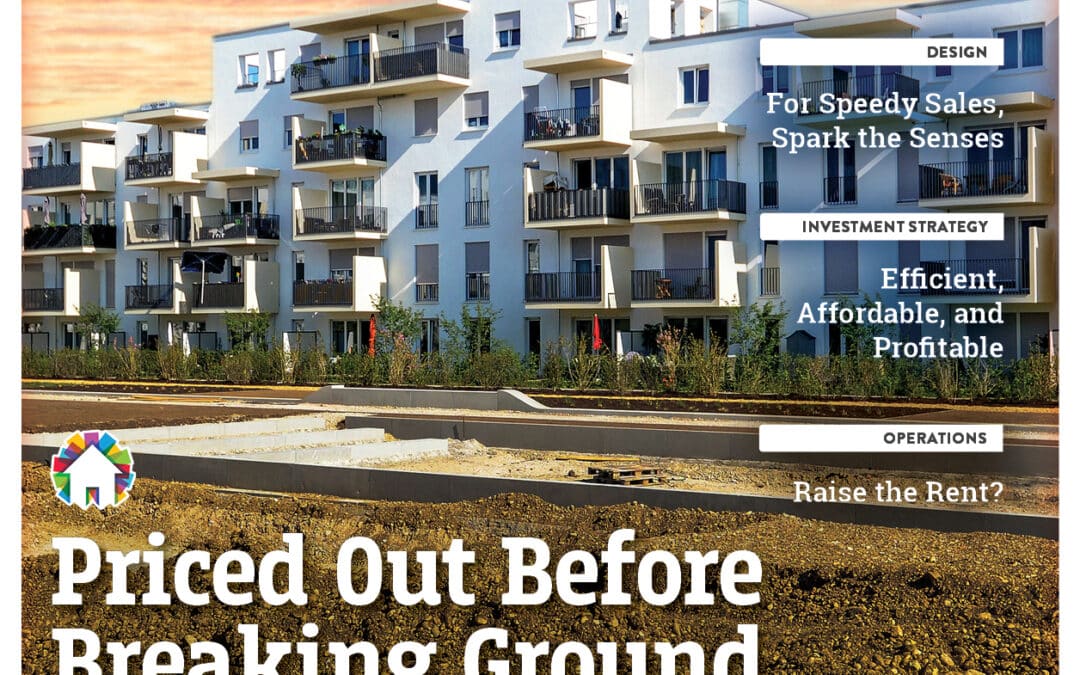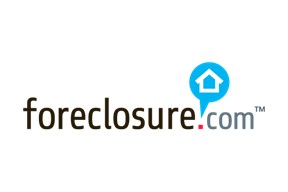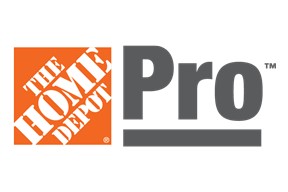The numbers are in. Sales of existing homes in 2016 were the highest in a decade, but inventory levels were the lowest in recorded history! What does this mean for real estate investors?
Every month the National Association of Realtors releases its report on existing homes sales nationwide. But month-to-month numbers can be volatile, so the year-end report is a better window into the world of real estate in America. That report was released this week.
According to NAR, 5.45 million homes were sold in 2016, which surpassed 2015 numbers by 20,000 sales. The data includes single-family homes, townhomes, condominiums and co-ops.
This is the highest number of sales since 2006, when 6.48 million homes were sold—which means over a million more homes sold at the peak of the last housing boom in 2006 than in 2016.
In fact, sales in December were down 2.8 percent from November, most likely due to rising interest rates after the election.
Year ends on healthy but softer note
NAR’s chief economist, Lawrence Yun, says the housing market’s best year since the Great Recession ended on a healthy but somewhat softer note. “Solid job creation throughout 2016 and exceptionally low mortgage rates translated into a good year for the housing market,” he said. “However, higher mortgage rates and home prices combined with record low inventory levels stunted sales in much of the country in December.”
Overall, sales are only up 0.7 percent from a year ago, which is likely due to two major factors: higher home prices and lower inventory.
NAR’s report shows that the median existing-home price was up 4 percent from last year and is now at $232,200. This marks the 58th consecutive month of year-over-year gains.
Total housing inventory at the end of December dropped 10.8 percent to 1.65 million existing homes available for sale. That’s the lowest level since NAR began tracking the supply of all housing types in 1999.
The number of existing homes on the market is now 6.3 percent lower than a year ago—at 1.76 million. That number has fallen for 19 straight months and is at a 3.6-month supply at the current sales pace. Six months is considered a normal, healthy market.
Buyers caught off guard?
“While a lack of listings and fast rising home prices was a headwind all year, the surge in rates since early November ultimately caught some prospective buyers off guard and dimmed their appetite or ability to buy a home as 2016 came to an end,” Yun added.
“Housing affordability for both buying and renting remains a pressing concern because of another year of insufficient home construction,” said Yun. “Given current population and economic growth trends, housing starts should be in the range of 1.5 million to 1.6 million completions and not stuck at recessionary levels. More needs to be done to address the regulatory and cost burdens preventing builders from ramping up production.”
When supply is low and demand is high, prices rise. In December, interest rates also rose. This combination of higher home prices mixed with higher interest rates is further hurting affordability in markets that were already tight.
According to Freddie Mac, 30-year conventional, fixed-rate mortgage rates surged in December from 3.77 percent to 4.20 percent. That’s still a very low rate historically, and is the same rate we had just a few years ago in April 2014, but the increase will price some buyers out of the market and could cause a further slowing of sales this month.
The amount of time that properties typically stayed on the market during December was 52 days, up from 43 days in November but down from a year ago (58 days). Short sales were on the market the longest at a median of 97 days in December, while foreclosures sold in 53 days and non-distressed homes took 50 days.
Areas of fastest-selling properties
Sales in the San Francisco Bay Area moved the fastest at just 49 days. Next on the list of areas where properties sold the fastest were Nashville, Tennessee; Billings, Montana, and the Fresno, California, area.
First-time buyers made up 32 percent of sales in 2016, and it doesn’t look like it’s going to get any easier for them this year. We’ll have to see stronger job and wage growth in order to see an increase in first-time homebuyer purchases.
One of the ways Obama hoped to address this issue of affordability for first-time homebuyers was to reduce FHA-mortgage insurance from 0.85 percent to 0.60 percent.
But one of the first executive orders President Trump made in the Oval Office was to reverse that, so FHA insurance will now not be reduced.
NAR President William E. Brown, a Realtor from Alamo, California, said “Without the premium reduction, we estimate that roughly 750,000 to 850,000 homebuyers will face higher costs and between 30,000 and 40,000 would-be buyers will be prevented from entering the market,” He added that Realtors will be continuing their efforts to encourage the Federal Housing Administration to reduce the cost of mortgage insurance in order to make the FHA-insured mortgage a more viable and affordable option for these buyers.
Drilling in a bit regionally
December existing-home sales in the Northeast were up 2.7 percent from last year, but the median price was 3.8 percent below December 2015.
In the Midwest, 2.4 percent more existing homes sold this year over last, and the median price was up 4.6 percent from a year ago—now at $178,400.
The number of sales in the South didn’t change much from last year but the median price was up 6.5 percent from last year—now at $207,600.
Home sales slowed in the West, down 1.6 percent below a year ago with the median price up 6 percent to $341,000. Sales are most likely slowed due to affordability issues.
This trend of low inventory, higher home prices and lack of affordability will likely continue into 2017. The only thing that would change the trajectory would be builders bringing on more new homes, or wages increasing dramatically across the country.
We’ll stay on top of this at www.NewsForInvestors.com
About the Author
Kathy Fettke is the founder and co-CEO of Real Wealth Network, a passive real estate investing club with more than 24,000 members. She’s also the author of “Retire Rich with Rentals” and host of “The Real Wealth Show,” a featured podcast on iTunes with listeners in 27 different countries. Kathy is passionate about understanding real estate cycles so she and her members can invest in the best markets and best deals available today. She is frequently invited to share her expertise on CNN, CNBC, Fox News, NPR, CBS MarketWatch and in the Wall Street Journal. Kathy received her BA in Broadcast Communications from San Francisco State University and worked in the newsrooms of CNN, FOX, CTV and ABC-7. She’s past-president of American Women in Radio & Television. Kathy loves the freedom that real estate investing can bring. She lives in Malibu, California, with her husband and two daughters and enjoys traveling, hiking, rock climbing, skiing, figure skating and surfing. You can reach her at kathy@realwealthnetwork.com.
























0 Comments